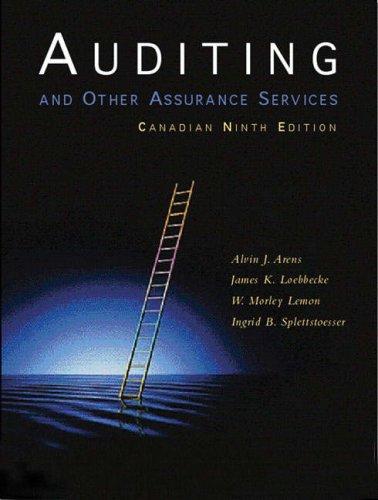Question 2. Foreign exchange markets (35 marks in total) Statoil, the national company in Norway, is a large, sophisticated, and active participant in both the currency and petrochemical markets. Although it is a Norwegian company, because it operates within the global oil market, it considers the U.S. dollar (S), rather than the Norwegian Krone (Nok), as its functional currency. Ari Karlsen is a currency trading strategist for Statoil. Answer the following two independent questions a) and b): Statoil sold 1 million barrels of crude oil to the Norwegian petrol station chain, Circle K, today for 120 Nok per barrel (Nok denotes the Norwegian Krone). Statoil expects to receive the full payments from Circle K in 3 months' time when the crude oil is delivered to Circle K's facilities in Norway. Statoil is informed that Circle K will pay for the oil in Norwegian Krone. Ari is asked by the Chief Financial Officer (CFO) about the strategy to reduce the uncertainty around the expected payment from Circle K. Ari is faced with the following market rates: Spot exchange Rate Nok 6.03125 3-month forward rate Nok 6.01865 U.S. dollar 3-month interest rate 5% Norwegian Krone 3-month interest rate 4,45% Based on the above information, what hedging strategy should Ari advise the CFO that works the best for Statoil? Explain why Ari should choose such hedging strategy. How much U.S. dollar will Statoil receive at the end of 3 months by using this hedging strategy? (20 marks) b) In a daily meeting, the Chief Financial Officer (CFO) gave Ari the following table of market rates Spot exchange rate Yen 1065 U.S. dollar interest rate per annum 10% Japanese Yen interest rate per annum 6% and told Ari that the company's financial analyst expected the Japanese Yen to depreciate against the U.S. dollar by 3.46% in 90 days. Assume there are 360 days in a year, and all interest rates are simple interest rates. If the financial analyst's prediction about the US dollar and Japanese Yen turned out to be true: b.1) What would the spot exchange rate (Yen/S) be in 90 days? (5 marks) b.2) Would Ari make a profit by borrowing 1 million US dollar and investing in the money markets? If yes, how much profit would Ari realize in 90 days? If no, explain why. (10 marks) Question 2. Foreign exchange markets (35 marks in total) Statoil, the national company in Norway, is a large, sophisticated, and active participant in both the currency and petrochemical markets. Although it is a Norwegian company, because it operates within the global oil market, it considers the U.S. dollar (S), rather than the Norwegian Krone (Nok), as its functional currency. Ari Karlsen is a currency trading strategist for Statoil. Answer the following two independent questions a) and b): Statoil sold 1 million barrels of crude oil to the Norwegian petrol station chain, Circle K, today for 120 Nok per barrel (Nok denotes the Norwegian Krone). Statoil expects to receive the full payments from Circle K in 3 months' time when the crude oil is delivered to Circle K's facilities in Norway. Statoil is informed that Circle K will pay for the oil in Norwegian Krone. Ari is asked by the Chief Financial Officer (CFO) about the strategy to reduce the uncertainty around the expected payment from Circle K. Ari is faced with the following market rates: Spot exchange Rate Nok 6.03125 3-month forward rate Nok 6.01865 U.S. dollar 3-month interest rate 5% Norwegian Krone 3-month interest rate 4,45% Based on the above information, what hedging strategy should Ari advise the CFO that works the best for Statoil? Explain why Ari should choose such hedging strategy. How much U.S. dollar will Statoil receive at the end of 3 months by using this hedging strategy? (20 marks) b) In a daily meeting, the Chief Financial Officer (CFO) gave Ari the following table of market rates Spot exchange rate Yen 1065 U.S. dollar interest rate per annum 10% Japanese Yen interest rate per annum 6% and told Ari that the company's financial analyst expected the Japanese Yen to depreciate against the U.S. dollar by 3.46% in 90 days. Assume there are 360 days in a year, and all interest rates are simple interest rates. If the financial analyst's prediction about the US dollar and Japanese Yen turned out to be true: b.1) What would the spot exchange rate (Yen/S) be in 90 days? (5 marks) b.2) Would Ari make a profit by borrowing 1 million US dollar and investing in the money markets? If yes, how much profit would Ari realize in 90 days? If no, explain why. (10 marks)







